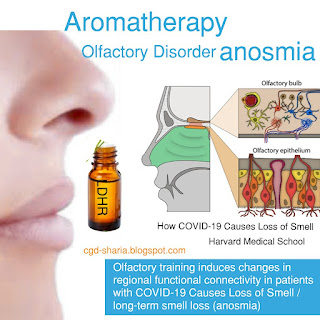Childhood Memory Development
Childhood Memory
This topic aims to provide a better understanding of the brain is early childhood :
<script async src="//pagead2.googlesyndication.com/pagead/js/adsbygoogle.js"></script>
Childhood memory refers to memories formed childhood. Among its others, memory functions to guide present behaviour and to predict future outcomes. Memory in childhood is qualitatively and quantitatively different from the memories formed and retrieved late adolescence and the adult years.
This topic aims to provide a better understanding of the brain is early childhood :
<script async src="//pagead2.googlesyndication.com/pagead/js/adsbygoogle.js"></script>
<script>
(adsbygoogle = window.adsbygoogle || []).push({
google_ad_client: "ca-pub-4280545194065456",
enable_page_level_ads: true
});
</script>
its development, structures and maturation, and the major role it plays in all spheres of the young child's life including emotions, learning and behaviour.
Memory and Early Brain Development :
Memory is a fundamental capacity that plays a vital role in social, emotional and cognitive functioning. Our memories form the basis for our sense of self, guide our thoughts and decisions, influence our emotional reactions, and allow us to learn. As such, memory is central to cognition and cognitive development. Yet, historically, it was believed that children under three of four years were unable to form stable representations of events and thus, were unable to remember them.This belief came in part from findings that adults rarely recall personal events from before the age of three and half years (a phenomenon known as infantile or childhood amnesia).However, research with infants and young children has made it clear that they can and do from memories of events.
<script async src="//pagead2.googlesyndication.com/pagead/js/adsbygoogle.js"></script>
<script>
(adsbygoogle = window.adsbygoogle || []).push({
google_ad_client: "ca-pub-4280545194065456",
enable_page_level_ads: true
});
</script>
Infants and young children experience rapid brain development. The weight of brain increases from 25% of its ultimate adult weight at birth of 75% by the second year of life. However, not all parts of the brain develop at the same time. This is especially true for the areas of the brain that are implicated in declarative memory. The cells that make up most of the hippocampus a brain structure in the medial temporal lobe necessary for the formation of declarative memories, are formed by the end of the prenatal period. Yet the cells in the dentate gyrus of the hippocampus, an area of brain that link the structure with
cortical regions do not appear adult - like until 12 to 15 months of age. Another area of the brain implicated in memory functions is the prefrontal cortex. The density of synapses in this area increases dramatically at eight months and peaks between 15 and 24 months. Changes continue to occur after this period, until well into adolescence. Thus, we see dramatic changes in the first two years of life.
The ability to form memories and remember them is a vital part of human experience. Historically, people believed that infants lacked this ability. The use of a nonverbal task has allowed researches to challenge and disprove the assumption. Declarative memory is apparent in the first year of life, as evidenced be behaviour or nonverbal, imitation-based tasks. It develops substantially throughout the first and second years of life. The timing of improvement in performance corresponds to the changes in the developing brain.
Sloutsky said the findings show that not all parts of memory develop at the same pace in children.
" Some parts of memory are nearly fully developed by 4 years of age, about some components of memory are still developing even after children reach 7 years of age"
" we really need to understand what children can and cannot remember, " Yim said. " asking young children to put together all the pieces of some episodic memories may be more than they can realistically achieve"
Raising family and social awareness:
(Depressed person is not a
burden for your family,
it is your responsibility to love
and care them)
My concern to reach this
massage to everyone..
Use natural painkiller remedy " No Pain" pain goes without side effects.
Get relief from Osteochondrosis and Migraine. Detox your body from toxin and keep balanced hormone.?
Lavender Dreamyy fb page
Follow Us On:
Instagram
Please share and subscriber my blog
References:
1. A journal published by - Association for Psychological Science
2. Patricia J. Bauer , PhD, Tanujeni Pathman, MA Emory University USA, Dec 2008
 l
l









Comments